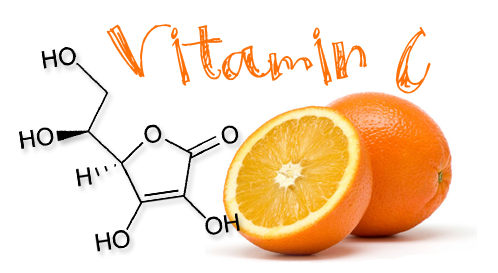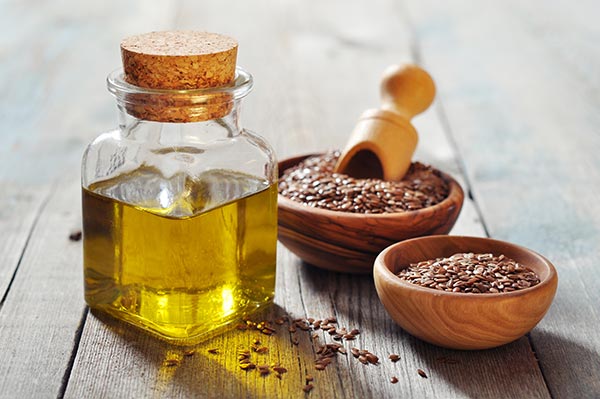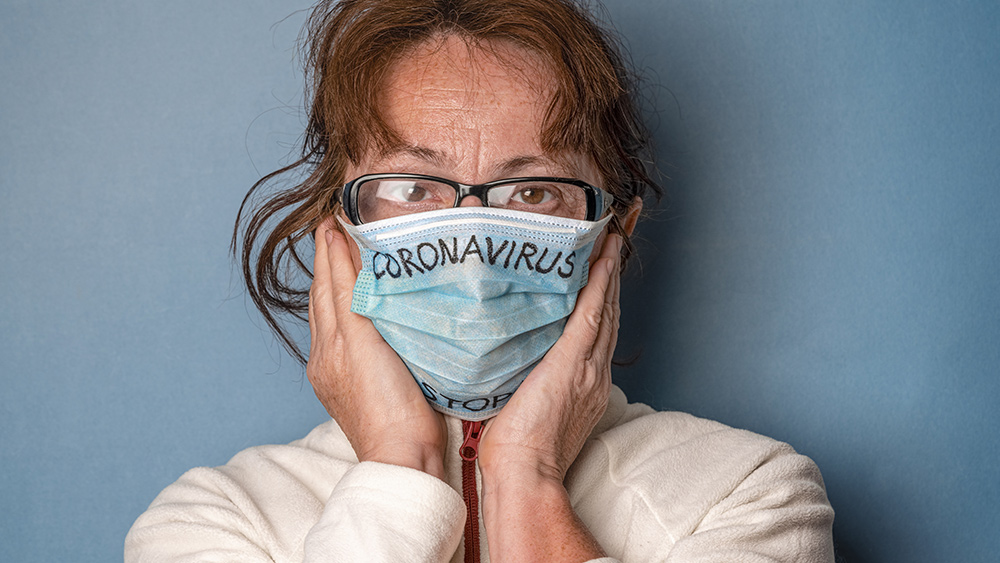2-in-1: Pregnant women who get enough vitamin D extend nutritional benefits to their babies
02/11/2020 / By Evangelyn Rodriguez

Having a low vitamin D status is common among newborn infants. According to studies, maternal vitamin D deficiency is a major risk factor for this because neonates rely solely on maternal-fetal transfer of vitamin D.
Vitamin D is essential for the healthy growth and development of infants. This nutrient plays a role in bone metabolism, as well as the absorption of calcium and phosphorus. Infants who suffer from vitamin D deficiency are at great risk of developing rickets, a disease that causes weak or soft bones, as well as stunted growth, in children.
The effect of vitamin D deficiency during pregnancy on both mother and child is of great interest to health experts and scientists. In an article published in journal Nutrition Research, researchers from McGill University Sainte Anne de Bellevue in Canada conducted a scoping review to provide an overview of the latest evidence from studies regarding the impact of maternal risk factors on infant 25-hydroxyvitamin D (25(OH)D) concentrations. Besides poor nutrition, they highlighted other lifestyle factors, such as smoking and ethnicity, that pregnant women and health care practitioners need to consider in order to address vitamin D deficiency and avoid its consequences.
The importance of vitamin D during pregnancy
Pregnancy and childbirth complications are the most common causes of disability and death among women of reproductive age. Many factors contribute to these, such as poor health during pregnancy, lack of access to medical care during delivery and vitamin D deficiency. The latter is commonly diagnosed in pregnant women and directly affects molecular pathways involved in the development of pregnancy complications, such as preeclampsia.
Preeclampsia is a serious condition characterized by a rise in blood pressure and swelling during pregnancy. About eight percent of pregnant women suffer from this condition, particularly those with autoimmune diseases like Type 1 diabetes and rheumatoid arthritis. Preeclampsia can not only increase the risk of premature birth and fetal growth restriction, it can also lead to the death of both mother and offspring.
Studies suggest that preeclampsia is a result of maternal immune maladaptation, which causes the mother to lose tolerance to the developing fetus. This, together with the higher risk of incidence of preeclampsia in women with autoimmune diseases, suggests that they share an immune-related link. And because vitamin D is a potent immune-modulating agent, scientists believe that maternal vitamin D status affects preeclampsia risk, and ultimately, maternal and infant health outcomes.
How maternal vitamin D affects vitamin D levels in newborns
In their article, the researchers mentioned evidence suggesting that in temperate latitudes, maternal vitamin D deficiency is a major risk factor for low infant vitamin D status. Other maternal risk factors, such as darker skin pigmentation and ethnicity, also contribute to low maternal-fetal 25(OH)D concentrations, but no clear pattern has been reported for multi-ethnic populations.
Meanwhile, in studies involving white women, vitamin D supplementation during pregnancy causes significant increases in maternal serum 25(OH)D, which often improves cord serum 25(OH)D values. This suggests that supplementation by pregnant women, particularly those living in Canada and the U.S., positively influences maternal and infant 25(OH)D concentrations.
On the other hand, winter season, obesity, lower socioeconomic status and lifestyle factors like smoking and the use of medications increase the risk of low maternal-fetal transfer of vitamin D. The relationship between some maternal risk factors and newborn 25(OH)D concentrations — for example, relationships between gestational diabetes and neonatal vitamin D status — are yet to be explored thoroughly.
The researchers called for additional research to determine if the same target for 25(OH)D concentration applies for pregnant women, neonates and infants. (Related: Vitamin D deficiency during pregnancy linked to autism in children.)
Vitamin D, also called the sunshine vitamin, has many sources. Exposing the skin to morning sunlight is the best way to get vitamin D. Eating fatty fish, fortified foods and beef liver is another option for adults. For infants, parents can give them vitamin D supplements, which come in liquid form, following the advice of a health care professional.
Sources include:
Tagged Under: #nutrition, child health, disease prevention, infant's health, maternal risk factors, neonatal health, nutrients, pregnancy, research, supplements, vitamin D, vitamin D deficiency, women's health




















